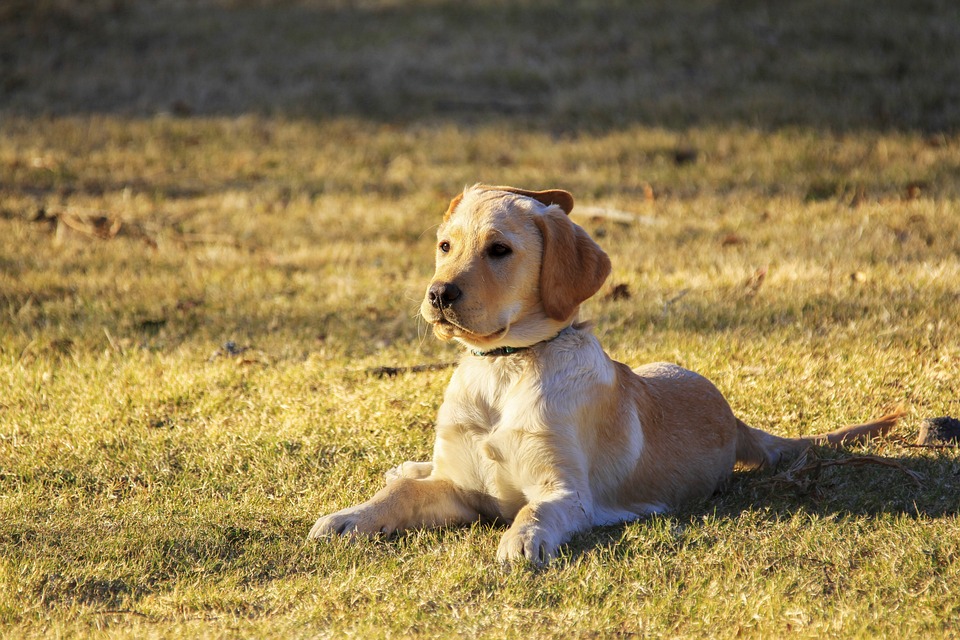Title: Mastering the Art of Training Your Dog to Ignore Passing Cars: A Comprehensive Guide
Introduction:
Training your furry friend to ignore passing cars and vehicles is not only crucial for their safety but also for your peace of mind. In this article, we will delve into effective techniques and strategies that will help you successfully train your dog to remain calm and composed in the presence of moving vehicles. Additionally, we will address some common questions and concerns pet owners may have when undertaking this training.
Why is it important to train your dog to ignore passing cars?
Ensuring your dog’s safety: By training your dog to ignore passing cars, you can prevent them from running into traffic and potentially getting injured.
Preventing accidents and injuries: Ignoring passing cars can help reduce the risk of accidents and injuries caused by sudden movements or reactions to vehicles.
Promoting good behavior and obedience: Training your dog to ignore passing cars is an essential part of their overall obedience training, promoting good behavior and control in various situations.
Understanding the Basics of Training for Car Reactivity:
Identifying signs of car reactivity: It’s important to recognize the signs of car reactivity in your dog, such as barking, lunging, or pulling towards passing vehicles.
Establishing a solid foundation of obedience training: Teaching basic commands like sit, stay, and heel forms a strong foundation for training your dog to ignore passing cars.
Choosing the right training environment: Start training in a controlled environment with minimal distractions and gradually progress to more challenging situations.
Step-by-Step Training Techniques:
Desensitization Training:
– Gradual exposure to moving vehicles: Introduce your dog to passing cars at a distance and slowly decrease the distance over time.
– Controlled environment for practice: Find a quiet road or use a leash in a safe area to practice desensitization training.
– Reward-based reinforcement: Use treats, toys, or praise to reward your dog for remaining calm and composed around passing vehicles.
Counter-conditioning:
– Associating passing cars with positive experiences: Pair passing cars with treats, toys, or praise to create a positive association.
– Using treats, toys, or praise as rewards: Reward your dog with their favorite treats or toys when they ignore passing cars.
– Slowly increasing the proximity to passing vehicles: Gradually decrease the distance between your dog and passing cars while providing positive reinforcement.
Distraction Training:
– Redirecting your dog’s attention away from passing cars: Engage your dog in interactive play or training exercises to divert their focus from passing vehicles.
– Utilizing toys or treats to maintain focus: Use toys or treats to keep your dog engaged and focused on you during training sessions near traffic.
Common Challenges and How to Overcome Them:
– Fear and anxiety in response to traffic: Gradual exposure, positive reinforcement, and seeking professional help can help address fear and anxiety.
– Lack of consistency in training: Consistency is key in training. Stick to a regular training schedule and reinforce desired behaviors consistently.
– Reinforcing positive behaviors and discouraging negative reactions: Reward and praise your dog for ignoring passing cars, while redirecting and discouraging reactive behaviors.
FAQs: Frequently Asked Questions
1. Can any dog be trained to ignore cars?
Every dog has the potential to be trained, but some breeds may require more time and patience due to their inherent traits.
2. How long does it take to train a dog to ignore passing cars?
The duration of training may vary depending on the dog’s age, temperament, and previous experiences. It can take weeks or even months to achieve desired results.
3. What should I do if my dog becomes reactive despite training efforts?
Consult a professional dog trainer or behaviorist who can assess the situation and provide personalized guidance.
4. Can I use punishment to discourage my dog’s car reactivity?
It is generally not recommended to use punishment as a training method, as it may worsen your dog’s anxiety and negatively impact the training process.
5. Should I keep my dog leashed during training sessions near traffic?
Yes, keeping your dog leashed during training sessions is essential for their safety and your control over the situation.
Conclusion:
Training your dog to ignore passing cars is a long-term process that requires patience, consistency, and positive reinforcement. By following the techniques outlined in this article and seeking professional guidance when needed, you will be on your way to ensuring your dog’s safety and promoting a calm and controlled response in the presence of moving vehicles. Remember, a well-trained dog is a happy and confident companion on any adventure.









